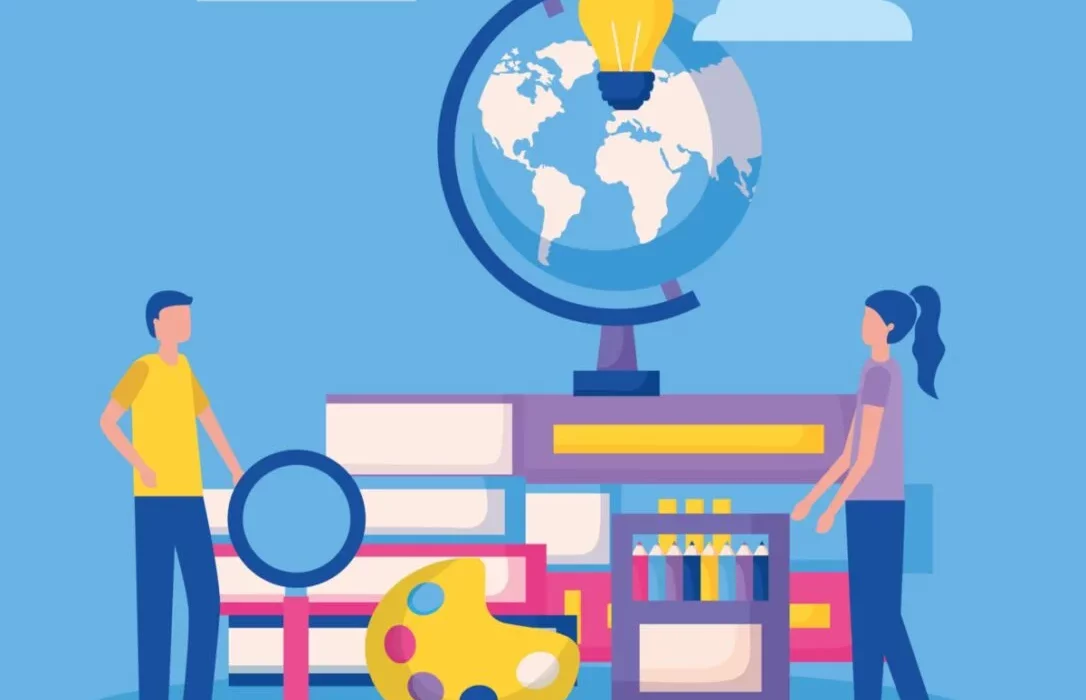Bridging the Gap: Addressing Educational Inequality in Developing Countries.

Educational inequality remains one of the most significant barriers to development in many parts of the world. In developing countries, millions of children are deprived of access to quality education due to factors such as poverty, lack of infrastructure, gender discrimination, and conflict. This article explores the root causes of educational inequality, its impact on individuals and societies, and potential solutions to bridge the education gap in developing countries.
The disparity in access to education in developing countries is vast. According to UNESCO, an estimated 260 million children and youth worldwide are not in school, with many facing challenges such as inadequate school facilities, poor teaching quality, and limited learning resources. In rural areas, schools are often overcrowded, underfunded, and lack essential amenities such as clean water, electricity, or proper sanitation. In some regions, conflict and political instability disrupt education, displacing millions of children from their homes and schools.
Poverty is one of the most significant drivers of educational inequality. In many developing countries, families struggle to afford the costs associated with schooling, including uniforms, transportation, and school fees. As a result, children from low-income families are more likely to drop out of school or never attend at all. Girls, in particular, face additional barriers, as cultural norms and traditional gender roles often prioritize male education over female education.
The consequences of educational inequality are far-reaching. Without access to quality education, children are more likely to remain trapped in cycles of poverty, unable to secure well-paying jobs or improve their living conditions. Education is a key factor in breaking the intergenerational cycle of poverty, and without it, entire communities are held back from achieving economic and social progress.
Addressing educational inequality requires a multifaceted approach. One of the most effective solutions is increasing investment in education. Governments and international organizations must allocate more funding to improve school infrastructure, provide learning materials, and ensure that teachers are adequately trained and compensated. In many cases, this means prioritizing education in national budgets and working with development partners to secure additional resources for education.
Improving access to education for marginalized groups is also essential. Efforts should focus on eliminating barriers that prevent girls, children with disabilities, and those living in remote or conflict-affected areas from attending school. Conditional cash transfer programs, where families are provided financial incentives to send their children to school, have been shown to be effective in increasing enrollment rates.
Technology has the potential to play a key role in bridging the education gap. Digital learning platforms, online courses, and mobile apps can provide students in remote areas with access to quality educational resources. Technology can also be used to train teachers and improve their teaching methods. However, to be effective, these solutions must be accompanied by investments in internet infrastructure and affordable devices for students.
Moreover, addressing the root causes of inequality, such as poverty and gender discrimination, is essential to ensure long-term progress. Policies that promote economic growth, job creation, and gender equality will help create an environment where education becomes more accessible to all. Governments must also work to strengthen the social safety nets that protect vulnerable families, ensuring that education is a priority even in times of crisis.
Finally, international cooperation and advocacy play a crucial role in addressing educational inequality. Global organizations, such as the United Nations and non-governmental organizations, must continue to push for educational reforms in developing countries. Raising awareness about the importance of education and advocating for policy changes at the national and international levels can create momentum for change.
In conclusion, addressing educational inequality in developing countries is both a moral and economic imperative. By investing in education, improving access for marginalized groups, harnessing the potential of technology, and tackling underlying social and economic issues, we can bridge the gap and provide all children with the opportunity to learn, grow, and succeed. Education is a powerful tool for breaking the cycle of poverty and building a more equitable and prosperous future for all.










